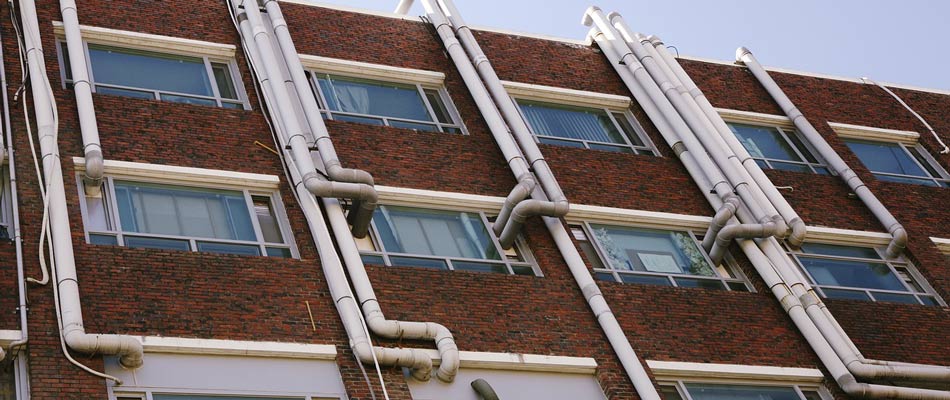Caroline Reid is the Energy Manager for the Interior Health Authority in British Columbia and a Senior Energy Engineer for Rede Energy Solutions
Energy management is far more than utility costs and a facility’s systems. It is the relationship with all staff at an organization.
As energy manager for British Columbia’s Interior Health Authority, Caroline Reid works alongside around 19,000 staff, including frontline and facilities employees. No matter the size of organization, Reid says energy management programs are only successful through healthy engagement with all staff.
“We have very different approaches between facilities staff and front line,” says Reid.
Facilities staff are Reid’s primary focus, and they can benefit her work as much as she does to them.
“The facilities staff are my eyes and ears – they are in buildings I can’t be,” explains Reid. “I depend on them to make sure this program actually happens.”
Reid recognizes the unique relationship between herself and her colleagues.
“As an energy manager, I fall into the same bucket as a consultant. I need to maintain communication and make sure they feel part of what we are doing.”
Through site visits, regular meetings and simply discussing the buildings with facilities staff, she deliberately nurtures a cooperative environment.
“With facilities staff, I work very hard to not tell them what to do. I help them achieve things they want to see happen in their facilities. I want them to feel like they are on board and engaged in the process.”
Despite working in a large organization, one-on-one time is important. Reid works with individual staff on specific projects in their facilities, offering predictions for energy, time or money savings.
And throughout the process, explain how changes benefit more than just energy costs.
“It is one thing to tell them you can’t replace incandescent lightbulbs with incandescents anymore – you have to replace them with LED. But it’s another thing to explain that LED bulbs last a lot longer, use less energy and then put a dollar value to that.”
Working alongside frontline staff is not a priority in her work (a colleague focuses on the sustainability initiatives), but frontline staff cannot be ignored in energy management programs.
“We do promote environmental and sustainability ideas,” says Reid, noting they offer videos and articles on the intranet geared to non-facilities staff.
There is an energy awareness program, Sustainability Associates, that “works with individual staff to make change towards environmental sustainability within their sphere of influence.”
And in all facilities projects, Reid ensures frontline staff are aware of positive changes.
Although Reid’s department is small, she is able to make an impact in all facilities by focusing on a positive relationship with her colleagues by sharing why small changes make big impacts.
“Filling in those details on why is the most inspiring part.”
